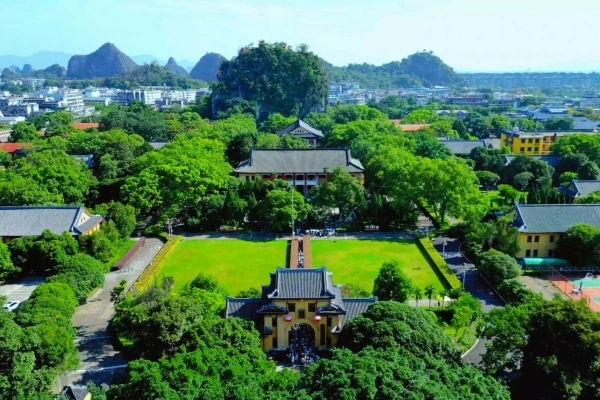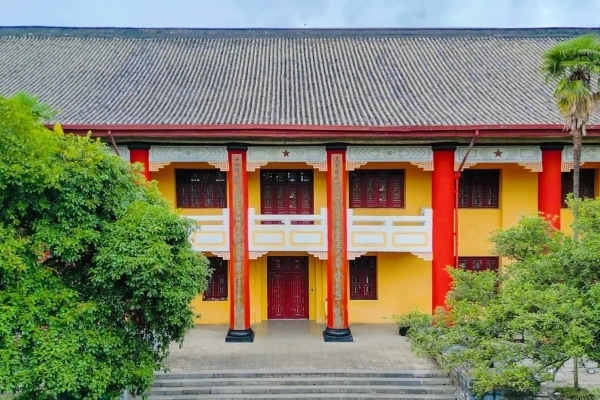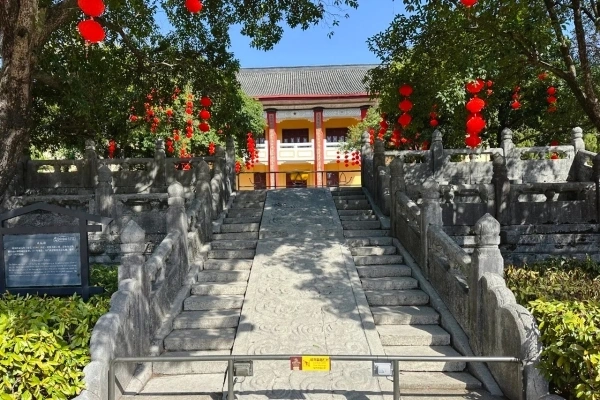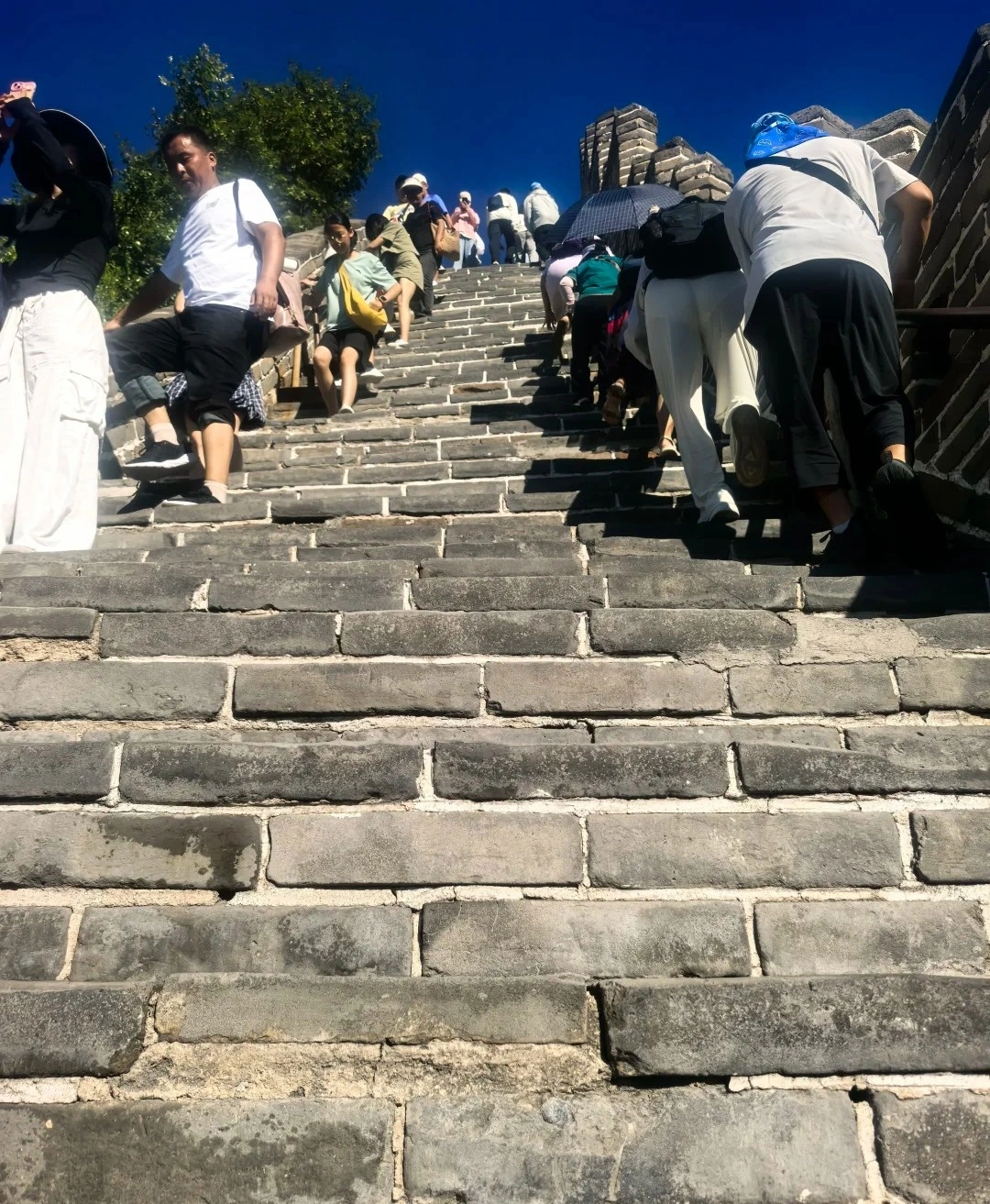Jingjiang Princes' Palace
Historical Overview
Construction began in 1372 during the Hongwu reign, with craftsmen from Nanjing and local laborers mobilized for the project. The palace’s design mirrored Beijing’s Forbidden City but adapted to southern geography, featuring lotus ponds and limestone karst features like Solitary Beauty Peak. Over 600 years, it witnessed the rise and fall of 14 Jingjiang princes, the 1911 Xinhai Revolution, and its 1947 transformation into Guangxi Provincial Museum. Key historical moments include the 1644 Qing invasion, the 1921 Nationalist Northern Expedition, and the 1998 discovery of Ming-era tombs beneath its foundations.

Structural Layout
The complex follows a north-south axis with three primary zones:
- Outer Court: Centered on the Grand Hall of Auspicious Governance (Chengyun Hall), used for ceremonies and royal audiences.
- Inner Court: Featuring the Residential Palaces for princes, concubines, and the ancestral shrine with ancestral tablets.
- Auxiliary Zones: Including the examination halls (now Guangxi Examination Museum), lotus ponds, and the iconic Chengyun Gate with its triple-arched design.
Key structures include the 15m-high Solitary Beauty Peak Tower, the Stone Carving Gallery, and the ancient banyan tree groves symbolizing longevity.
Major Attractions
- Chengyun Hall: The largest Ming-era hall in southern China, with a 15-ton dragon throne and 9,999 bat motifs symbolizing longevity.
- Solitary Beauty Peak: A 141m limestone peak offering panoramic views of Guilin’s karst landscape, accessible via stone staircases.
- Examination Halls: Reconstructed Ming-era testing venues where over 1,000 scholars earned their jinshi degrees.
- Shi Tao Art Gallery: Displays rare calligraphy and paintings by the Qing-era "Eight Eccentrics of Yangzhou" member.
- Ancient Banyan Tree: A 500-year-old tree with intertwining roots, revered as a symbol of resilience and harmony.

Suggested Itineraries
- Classic Route (2–3 hours):
Chengyun Gate → Chengyun Hall → Solitary Beauty Peak Summit → Examination Halls → Art Gallery.
Highlights: Core royal architecture and historical artifacts. - Extended Route (4–5 hours):
Add the ancestral shrine, banyan tree groves, and the underground tomb exploration.
Highlights: Cultural immersion and natural landscapes. - Comprehensive Route (Full Day):
Include morning palace tours, afternoon Solitary Beauty Peak hike, and evening light show.
Highlights: Full exploration of history, nature, and cultural performances.
Ticket Purchase
Online: Book via official WeChat mini-program or Ctrip (up to 7 days ahead; ¥80 adults, ¥40 students).
On-site: Limited tickets at entrance; queues peak during holidays.
Prices: Peak season (Apr–Oct): ¥80; Off-season: ¥60. Free for children under 1.2m, disabled, and military. Combination tickets available with Li River cruises and Elephant Trunk Hill.

Transportation
By Bus: Routes 1, 2, 10, or 11 to Jingjiang Princes' Palace Station.
By Subway: Line 1 to Zhongshan Road Station, then 10-minute walk.
By Taxi: Direct to the palace’s south entrance; parking available at nearby malls.
Departure: Exit to East Street or Four Lakes terminals for further exploration.
Best Time & Tips
Peak Hours: Avoid 10 AM–2 PM; visit early (8:30 AM opening) or late (after 4 PM).
Seasons: spring (Apr–May) for blooms, autumn (Oct–Nov) for crisp air.
Essentials: Wear comfortable shoes (15,000+ steps possible), carry water, and use sunscreen.
Prohibited: Selfie sticks, drones, and large bags; no flash in galleries.
Local Tip: Combine with evening "Impression Liu Sanjie" show for cultural immersion.
Contact Us
What Our Clients Say?
Based on 10,000+ traveler reviews














